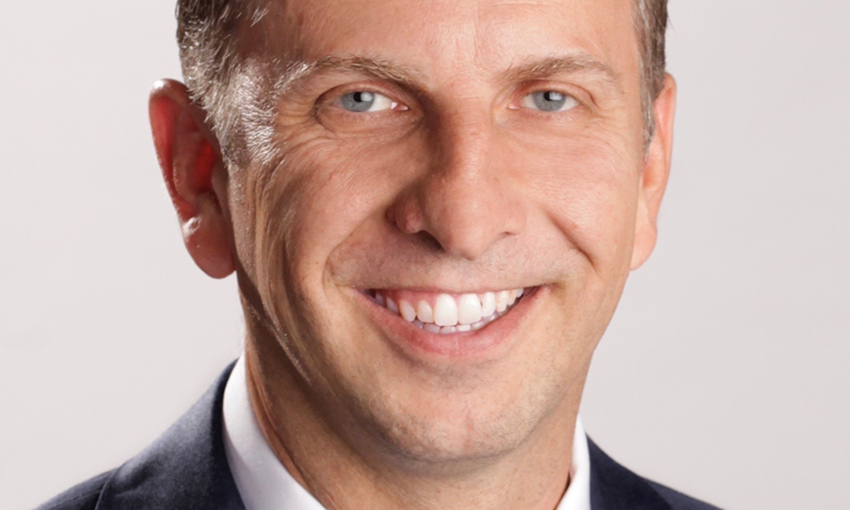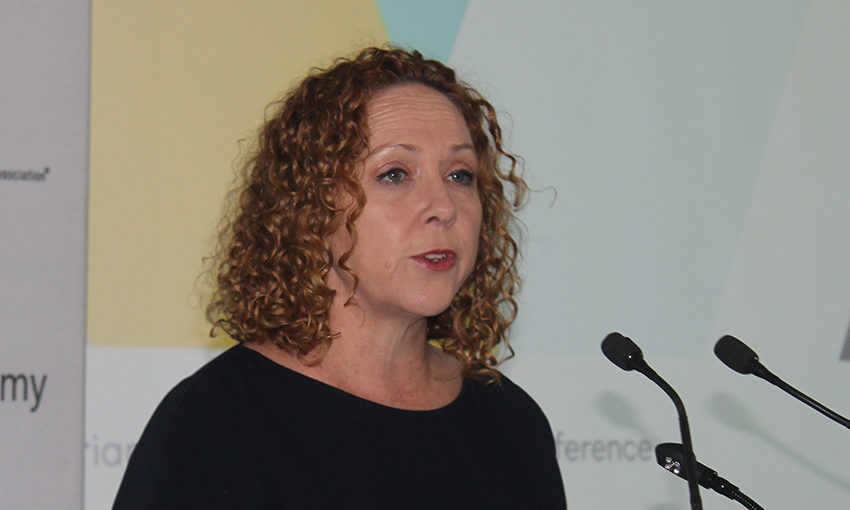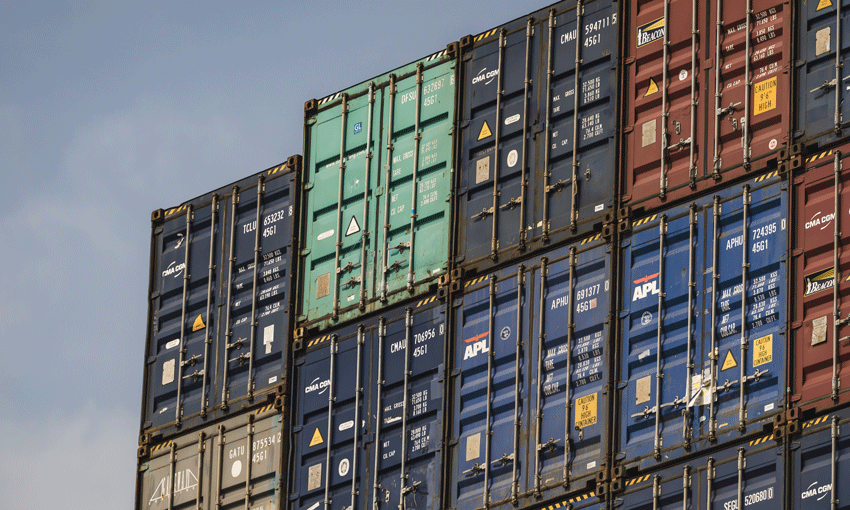AN AGREEMENT between the states and territories on developing national voluntary guidelines for stevedore infrastructure and access charges has been welcomed by the governments of New South Wales and Victoria.
Infrastructure and transport ministers endorsed a plan for the National Transport Commission to develop voluntary national guidelines at Australia’s container ports.
The National Transport Commission is to lead this work and engage with industry and jurisdictions.
This work is to include consideration of Victoria’s Voluntary Performance Model at Port of Melbourne.
Draft guidelines are to be provided in 2021.
NSW transport minister Andrew Constance said they were pleased to have negotiated a national approach to developing voluntary guidelines as it will provide consistency and transparency for the transport industry”.

“The ultimate aim of the guidelines is to help improve efficiency and consistency for everyone who relies on our ports for the movement of freight,” Mr Constance said.
Victorians ports and freight minister Melissa Horne said the state’s commitment to fair pricing and transparency “led to the development of a landmark voluntary port pricing model”.
“The adoption of a similar, national model at ports around Australia will deliver consistency for the rest of the country’s producers, too,” Ms Horne said.
Freight and Trade Alliance director Paul Zalai said they were “delighted that our advocacy across all states and federal government has been heard”.
“Our concern is that the response to be led by the National Transport Commission approach appears unlikely to provide the required relief to Australian exporters and importers need with anticipation that state governments will follow a process similar to that recently instigated in Victoria,” he said.
“While stevedores will have to jump through a few more hoops and will face increased scrutiny in terms of any variation to infrastructure surcharges (Terminal Access Charges), it is likely that this process will see industry receive incremental increases on what are already exorbitant fees.”
Mr Zalai, who also acts as secretariat of Australian Peak Shippers, said it was likely the NTC may give “tacit approval for this cost recovery regime”.
“Our stance has always been, and continues to be, for operational costs to be either absorbed by the stevedore or passed onto their commercial clients the shipping lines,” he said.

“Not imposed on third party transport operators who further inflate this cost with administration fees cascading down the supply chain.
“If this cost was passed on to shipping lines, they would then have the choice of absorbing this cost or passing it onto their commercial client in formal negotiations with importers, exporters and freight forwarders. That’s how it should be.”
In a statement, Patrick Terminals said the company “supports the development of a national approach and will work to ensure the guidelines are fair and transparent for all stakeholders in the port supply chain”.
The International Forwarders and Customs Brokers Association of Australia released a statement welcoming the national approach to stevedore infrastructure charges.
“It will be interesting to see if the voluntary national guidelines for stevedore infrastructure and access charges will be effective, as many industry stakeholders prefer regulation to slow down or stop the rapid increases,” IFCBAA head of border and biosecurity Zoran Kostadinoski said.
“IFCBAA is of the view the charges need to be fair and equitable based on the service provided by the stevedores, as Australia’s ports need to be globally competitive and efficient to facilitate trade.
“If the voluntary guidelines are not effective, states and territories may need to consider regulation like the Port Botany Landside Improvement Strategy to bring discipline to the interface between transport operators and the stevedore.”
Mr Kostadinoski said IFCBAA would continue to engage with state and federal governments as Australia relied on efficient and competitive ports and landside logistics.
Container Transport Alliance Australia director Neil Chambers said the CTAA welcomed the initiative for the NTC to develop national guidelines on stevedore infrastructure charges.
“We are already in conversations with the NTC on the scope of the initiative,” Mr Chambers said.
“Meanwhile, CTAA continues to engage with state governments about applying guidelines and potentially regulations to the setting of these fees, the notice periods to industry, their quantum, and the justification for their application.”
In a statement to DCN, Shipping Australia noted the agreement but denied its members should have to choose between cost absorption or passing it on to their commercial clients.
“Ocean carriers have contracts with shippers of cargo, or, in some limited cases, with consignees. Ocean carriers also have contracts with ports and terminals for the loading and discharge of cargo. In turn, consignees enter into contractual relationships with land transport operators, such as trucking companies,” Shipping Australia stated.
“Advocacy that ocean shipping lines should be forced to absorb such costs based on the fact that ocean carriers and land transport operators both use the services of container terminals is clearly based on a flawed premise and should therefore be rejected.”
Shipping Australia previously defended terminal access charges and infrastructure charges in a statement published here.

